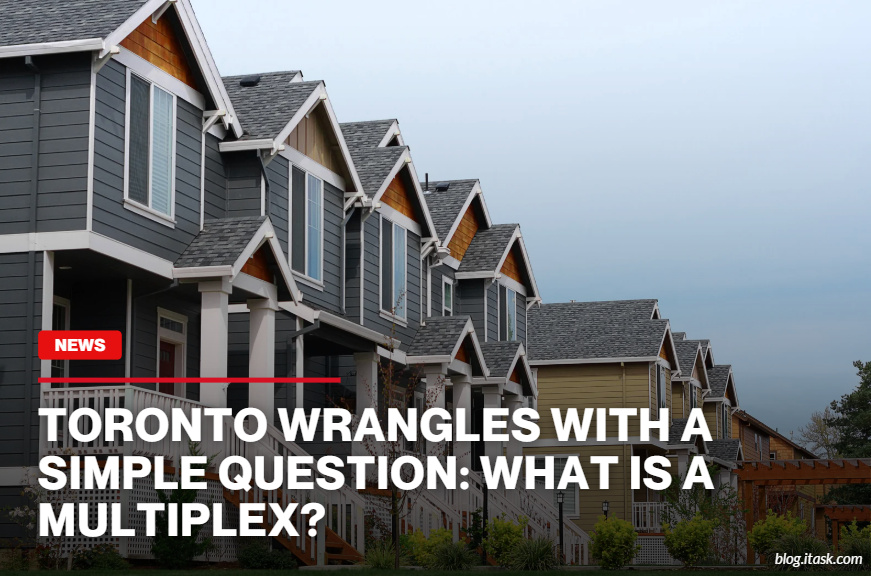Toronto wrangles with a simple question: What is a multiplex?
Toronto wrangles with a simple question: What is a multiplex?

Toronto’s city planners, developers, and councils are wrestling with a surprisingly tricky question: what exactly is a multiplex? Right now, the rule is fairly clear: in neighbourhoods zoned for low-rise homes, you can build up to four housing units on a single lot. But soon, that may change. The city’s Planning and Housing Committee is considering expanding the definition to allow up to six units—raising the question: when does a multiplex become something more?
The problem isn’t just numbers on paper—it’s how those rules get applied. Brendan Charters, a local builder, says the lines blur when familiar building types like semi-detached homes get converted. “We slipped in,” he says, building two fourplexes in what started as semi-detached homes, only to be told later by city staff, “Wait—these are duplexes. We can’t allow fourplexes.” In other cases, planners have called such projects small apartment buildings, which face tougher scrutiny and limits.
To untangle that confusion, planning staff have proposed new categories—like “detached houseplexes” and “semi-detached houseplexes”—to better describe these blends of housing types. They’re also looking at setting limits on the total number of bedrooms per lot, to avoid multiplexes becoming de-facto rooming houses. These steps come after city staff studied the first 222 multiplex applications submitted up to last summer.
This debate is part of a broader push to build more “missing middle” housing—that is, options between single-family homes and high-rise towers. If done right, multiplexes could help families find affordable rentals, and help create more walkable, diverse neighborhoods. But unclear rules and inconsistent fees are making it hard for builders to plan—and harder for the city to deliver on its housing goals.
Toronto’s challenge highlights a simple yet urgent balancing act: allowing more homes without undermining the character of existing communities. On one hand, expanding multiplex allowances could speed up much-needed infill and offer more family sized rentals. On the other, without clear rules, these buildings can spark opposition or run into surprises at the zoning office—or both.
At the end of the day, the question “What is a multiplex?” may seem small. But the answer has big consequences—for how houses get built, who gets to live where, and how Toronto grows. As Council debates these changes, the city hopes that clearer definitions, fairer charges, and better planning will make multiplexes work for everyone.
